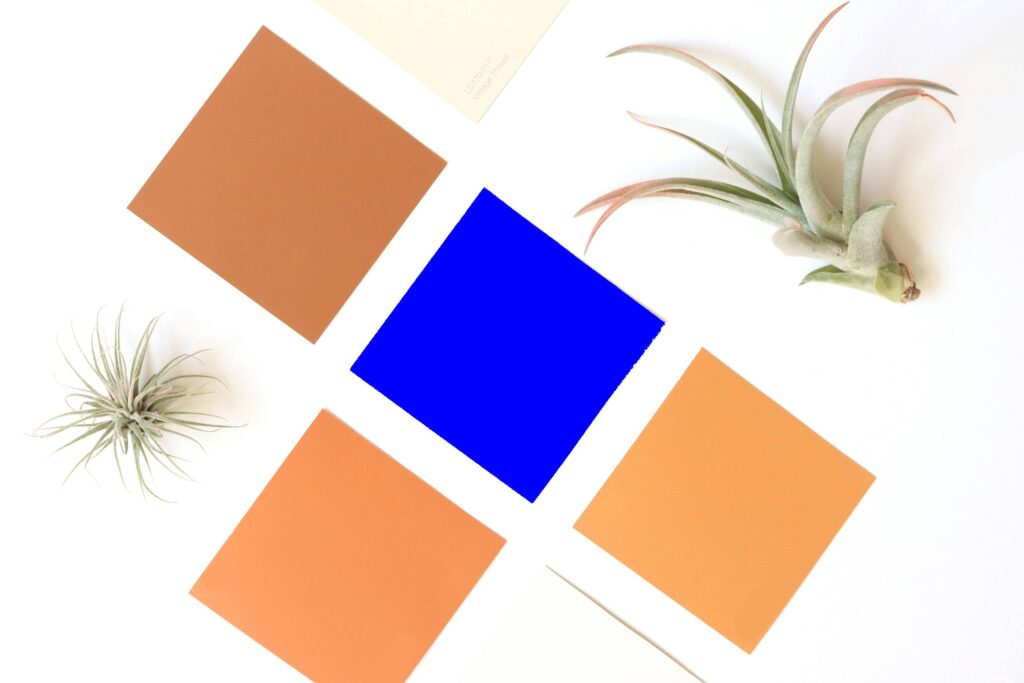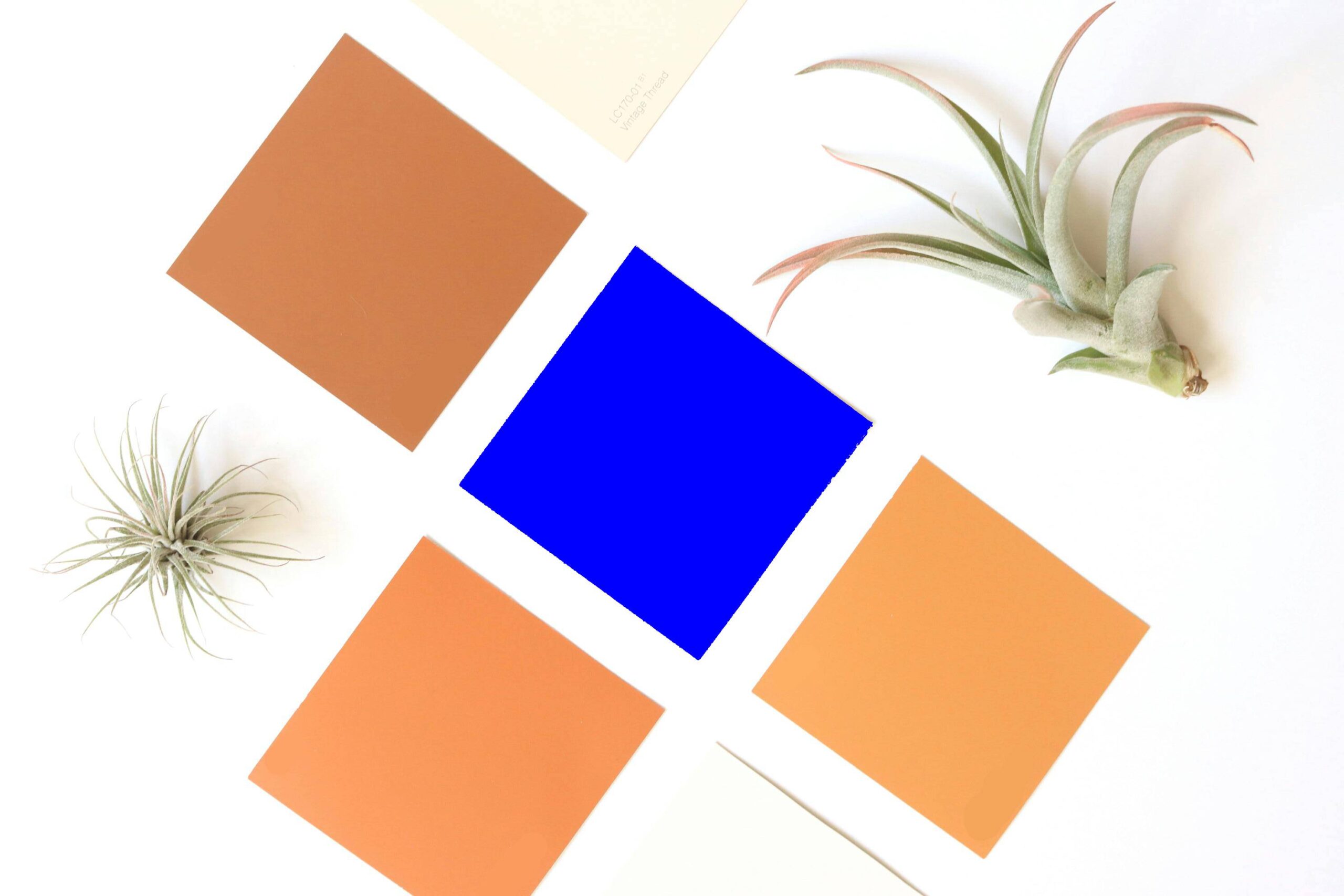Understanding Air Plant Seeds
I’ve found that cultivating air plants, also known as epiphytes, from their tiny seeds offers a unique glimpse into a fascinating natural cycle. These seeds, often carried by a tuft of fluff that aids their dispersal, are as tantalizingly small as specks of dust. Despite their diminutive size, with proper care, they unfurl into the striking air plant varieties sought after by indoor gardeners.
Want to know how to grow air plants from seeds? Selecting viable seeds is the first critical step in this process. This entails obtaining seeds from reliable sources, indicating a high probability of germination. Patience here is more than a virtue; it’s a necessity. Air plant seeds can take several years to mature into full-sized, display-worthy specimens. Yet, the wait allows me to intimately understand their growth needs and behavior, ultimately leading to a more rewarding cultivation experience.
Key Takeaways:
- Epiphytic Origins: Air plants produce seeds that float away with the wind, a tribute to their adaptation for life above the ground.
- Viable Seeds Vital: Picking the right individual seeds determines success, making the choice of supplier and seed quality paramount for gardeners.
- Patience Pays Off: Watching air plants slowly grow from seed requires time and dedication, but it awards a deep connection to their lifecycle.

Setting Up Your Germination Space to Grow Air Plants from Seed
To kickstart the air plant seed germination, I focus on crafting the perfect nursery for these future epiphytes. The journey begins by assembling the essential gear and configuring conditions that mimic their natural habitat so you have the right conditions for the seed capsules.
- Gather Materials: I start with a clean seedling tray equipped with a clear, plastic cover to balance humidity and temperature. A fine, porous germination medium – often a blend of peat and perlite – is next on my list, as it will support the seeds without retaining excess water.
- Prepare the Germination Space: I evenly spread the medium into the tray, ensuring a level surface that’s just damp, not soaked. The tiny air plant seed pods need a gentle misting rather than a heavy pour.
- Regulate Conditions: I place my seedling tray in a warm area with plenty of indirect sunlight. Temperature is regulated between 70-85°F, which is optimal for air plant seeds. To maintain high humidity levels, I keep the plastic cover on but allow for some air circulation each day. This is one of the big challenges in the whole process. You’ll find some creative ways to make it work.
- Monitor and Adjust: Next step, I closely watch the moisture levels of the medium, ensuring it’s consistently damp. I’m also ready to increase or decrease room humidity using a humidifier or dehumidifier based on daily observations. Tap water is fine here. You just don’t want to use too much water.
By crafting this miniature ecosystem that close to their natural habitats, I set the stage for a successful germination process, where air plant seeds can flourish into the unique and captivating specimens I adore.
Germination to Growth: Caring for Your Air Plant Seedlings
- Monitor Humidity Levels: After the seeds of your air plants have germinated, maintain a humid environment. I keep a close eye on humidity, aiming for a level between 70% and 80% to encourage healthy growth. These small plants need just enough moisture and the right humidity. You might think these seedling plants are in soggy conditions, but the higher humidity does help with further growth.
- Provide Consistent Lighting: Young, small seedlings thrive under bright, indirect light. I use grow lights or ensure a natural light source is present for at least 12 hours each day, careful not to expose them to direct sunlight which can be too intense.
- Water Sparingly: Overwatering can be detrimental at this stage. I mist my air plant seedlings lightly every few days, allowing them to dry slightly between waterings to promote strong root development without causing rot.
- Increase Air Circulation: Proper ventilation is critical for preventing fungal growth. I ensure there’s a gentle flow of air around the seedlings, using a fan if necessary, but I place it far enough away to avoid directly blowing on the delicate individual plants.
- Feed Gently: Once my seedlings are a few weeks old, I introduce a weak solution of a liquid fertilizer specialized for air plants, using it sparingly to prevent nutrient burn.
- Repot With Care: When my larger seedlings have grown large enough to handle, typically several months old, I transfer them to their permanent display that looks more like their native habitat. I handle them gently to avoid damaging their tender leaves and roots. A small container usually does it, but you also don’t want to do too big with too much space.
- Gradual Acclimatization: I acclimate the young air plants to their new environment slowly. Starting by placing them in a somewhat shaded area, I gradually increase their light exposure over a few weeks to match the conditions of their final location. You can test and see what is the right temperature for your new air plants.
Mounting and Displaying Your Mature Air Plants
After nurturing your small air plants from tiny seeds to full maturity, the excitement blooms in showcasing them. Displaying these epiphytes creatively enhances the aesthetic of any space, blending well with minimalistic or lush interior themes. I relish experimenting with unconventional ideas such as suspending new plants in glass terrariums, creating a mesmerizing floating garden effect. Another inventive approach involves attaching air plants to driftwood or coral, making a naturalistic art piece that brings a touch of the outdoors inside.
We can also set different species of air plants in sleek geometric holders, making them focal points in modern decor schemes. For those with a penchant for DIY, weaving air plants into macrame hangers infuses a bohemian flair into our living areas. These methods not only exhibit your plants but ensure they receive ample air circulation vital for their health.
Maintenance remains a breeze as these displays facilitate easy access for watering. A general rule is a simple soak or misting once a week usually suffices, depending on the air plant variety and the room’s humidity and room temperature. Keeping them in a space with bright, indirect light helps them thrive. It’s a good idea to occasionally rotate the displays ensures each plant receives its fill of light and air, promoting even growth and vibrant vitality. Engaging with these displays allows us to form a deeper connection with our air plants, appreciating every intricate detail we helped to cultivate from seed.
Embarking on Your Air Plant Journey
Growing air plants from seeds presents a unique set of challenges and rewards. Witnessing the transformation from a tiny, fragile seed to a robust, flourishing plant offers a deep sense of accomplishment. Through this journey, you gain not only a living piece of decor for your home but also an intimate understanding of the life cycle and needs of these remarkable epiphytes.
Patience and persistence pay off as you nurture your seeds into sprouting seedlings and eventually into mature, air-cleaning companions. The diversity of air plant varieties means endless opportunities for learning and creativity. You can experiment with different terrarium designs, mounting options, and care techniques.
I encourage you to dive deeper, explore the nuances of indoor gardening, and try propagating your air plant species. Share your successes, challenges, and innovations. Your experiences can spark inspiration and wisdom within the community of plant enthusiasts. We all thrive when we support and learn from one another in our shared passion for houseplants.
